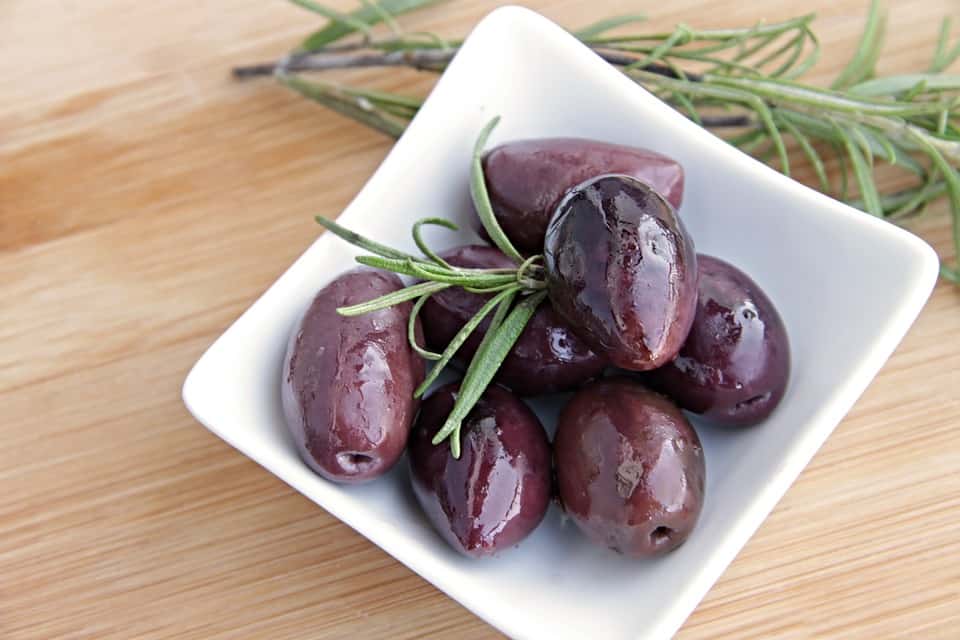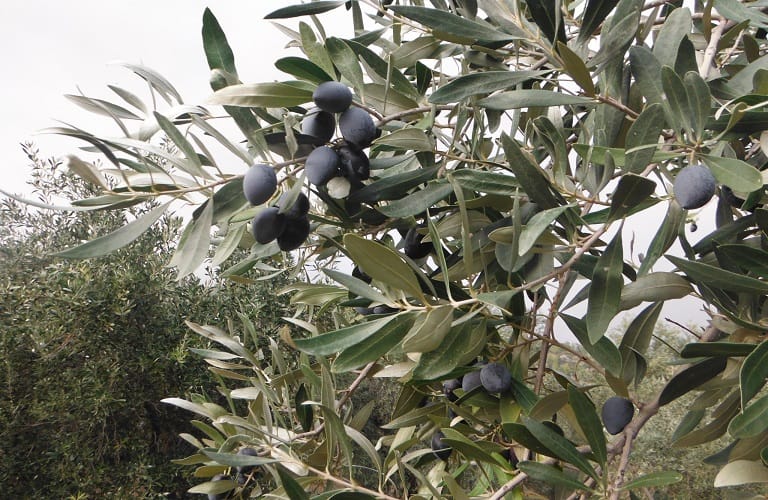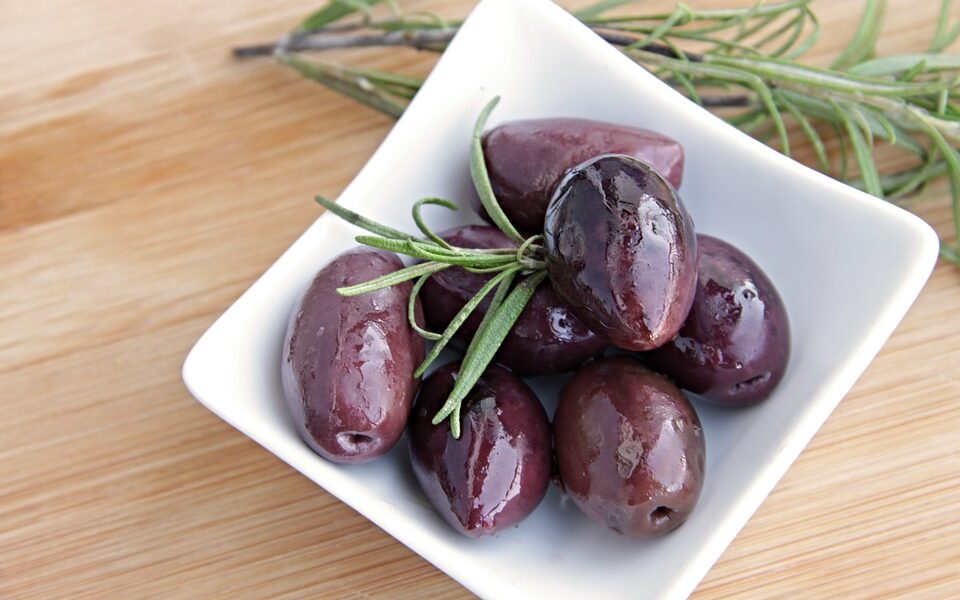
Kalamata olives are only found on the Peloponnese peninsula in southern Greece and have played a part in the human diet for thousands of years. Growing under the amazing Greek sun, the olive trees here have much larger leaves than other types of olive trees around the nation and the world, and absorb more sunshine.
This dark cherry sized fruit — yes, the olive is a fruit — that has been used by Greeks for thousands of years, not only tastes great but also has a number of nutritional benefits.
It’s no secret that doctors and dieticians call it one of the healthiest foods on earth and that’s because they are high in sodium, rich in healthy fats and contain a natural antioxidant.
Kalamata olives contain a range of health-promoting vitamins and minerals, and are particularly high in iron and vitamin A. It is said that regular consumption may help lower the risk of cardiovascular disease and various cancers.
History of Kalamata olives
The earliest cultivation of olive trees was probably over five thousand years ago, since Ancient Greek times. Despite being known as ‘Greek black olives,’ they are in fact deep purple in colour and compared to green and black olives, they are bigger in size and have a plumper, oblong shape.
Growers pick Kalamata olives by hand to avoid bruising the fruit. Following the harvesting of the olives, workers either process them into olive oil or prepare them to be table olives.
Kalamata olives contain a stone in the middle, and generally, they are not pitted before being sold. However, when fresh the olives are incredibly bitter, and so they enter a process of ‘debittering.’
There are two different ways of doing this.
First, the short way involves soaking the olives in brine for a week. After this, workers pack them with brine, wine vinegar, slices of lemon and olive oil.
The long way involves making a slit in each olive, and storing them in 10% salt-water for fermentation until they de-bitter. This process usually takes around three months.

General Nutrition of Kalamata Olives
Kalamata olives are a good source of fibre, calcium, vitamin C, vitamin A, vitamin E and vitamin K. They also provide some magnesium, phosphorous and potassium per serving as well as B vitamins.
While Kalamata olives are high in fat considering their serving size, the majority of their fat is monounsaturated, also known as a “healthy” fat. It is said a 4-tablespoon serving of Kalamata olives has 2.7 grams of monounsaturated fats, and 0.3 grams of polyunsaturated fats.
Kalamata olives, like pure Greek olive oil, contain phenolic compounds, which are natural antioxidants. It is this compound that gives olives their unique taste. Phenolic compounds in olives and olive oil is a strong antioxidant, protecting your body from damage from environmental toxins as well as free radicals, according to the “Medicinal Research Reviews.” The phenols may also be the reason for lower incidences of heart disease and some cancers for those who eat a Mediterranean diet high in olive oil and olives.
Scientists also determined that a diet of regularly consuming Kalamata olives had reduced incidences of chronic inflammation.
How to add Kalamata olives to your diet?
Olives are a great snack and can be eaten at any time of the day. You can also add them to your salad, on your pizza or in your pasta. Don’t forget to include them to your cheese platters, as they are great paired with cheese, crackers and other small goods.

